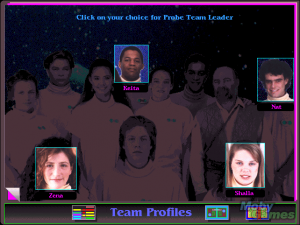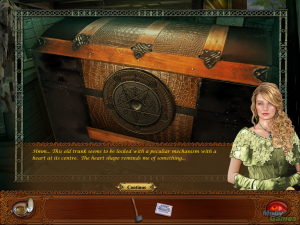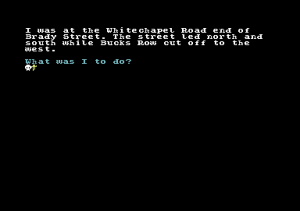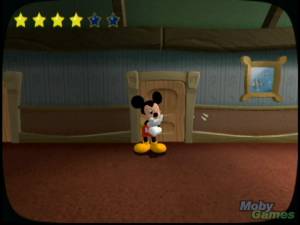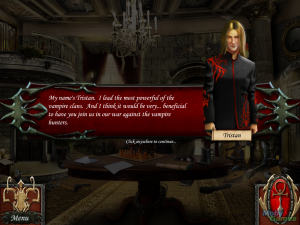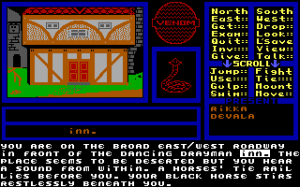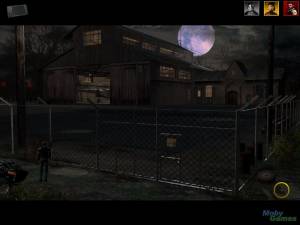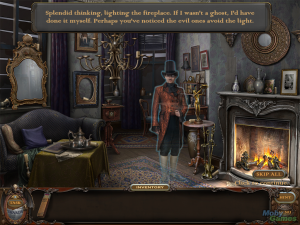Game Classification
Lost Realms: The Curse of Babylon Blue Lizard Games, Big Fish Games (U.S.A.), 2009
Classification
VIDEO GAMEKeywords
Market
This title is used by the following domains:- Entertainment
Audience
This title targets the following audience:Age : 12 to 16 years old / 17 to 25 years old
General Public
Gameplay
The gameplay of this title is Game-based(designed with stated goals)
The core of gameplay is defined by the rules below:
Similar games
 Fresh from her adventures in Peru, Alexia travels to Turkey after being invited to enjoy a tourist trip with her friend Ogan around Istanbul. Soon, Ogan reveals the real reason of why he invited Alexia to the city: he is the latest victim of an ancient family curse and needs her knowledge and experience to find a cure. Both head out to the church of Hagia Sophia, built by Ogan's ancestors in 530 A.D., to investigate its secrets and find out more about the curse.
Fresh from her adventures in Peru, Alexia travels to Turkey after being invited to enjoy a tourist trip with her friend Ogan around Istanbul. Soon, Ogan reveals the real reason of why he invited Alexia to the city: he is the latest victim of an ancient family curse and needs her knowledge and experience to find a cure. Both head out to the church of Hagia Sophia, built by Ogan's ancestors in 530 A.D., to investigate its secrets and find out more about the curse.
Like its predecessor, Lost Realms: The Curse of Babylon is another hidden object game, but this installment follows the recent trend of adding adventure gameplay features to the familiar seek-and-find design. The player has a choice at the beginning between a Timed Mode, with a limit of 15 minutes per scene, and a Relaxed Mode without time constraints. Most of the time, the objective is to find and click on all the items listed at the bottom of the screen, on locations related to the plot and filled with assorted objects. Entries written in orange are obscured from view, forcing the player to open a door or perform some other scene interaction to reveal and collect them. Foreign words are written in yellow, and their meaning can be displayed by placing the cursor over them.
Some of the objects are stored inside the inventory to be used as in most point-and-click adventures, by dragging and dropping them over logical places of the scene to perform an action or complete a required task. The interactive portions of the scenery are marked with a ? symbol to indicate that an inventory object can be used on them. Three special tools are received throughout the game and permanently displayed at the top of the screen. The magnifying glass replaces the cursor, enlarging portions of the screen to make small objects easier to find. The pocket knife cuts through fabrics, bags, ropes and other items. The baseball bat can be used to smash crates and pottery to reveal hidden objects.
The hint button shows the position of a random list item when activated. There's a maximum of six hints available at any time, but the player can get extra hints by playing one of the three bazaar games. The games are implementations of classic concepts, like finding a marble under one of three shuffled cups, a concentration memory game with pairs of cards and a tile-matching game, where the goal is to align three stones of the same color by moving the rows of an abacus.
Other mini-games appear at the end of each section, and also rehash old ideas and classic games like peg solitaire, a find-the-differences game with two similar images, and other challenges where a mechanism has to be manipulated directly to solve a puzzle. [source:mobygames]
Distribution : Retail - Commercial
Platform(s) : PC (Windows)
 Français
Français English
English



